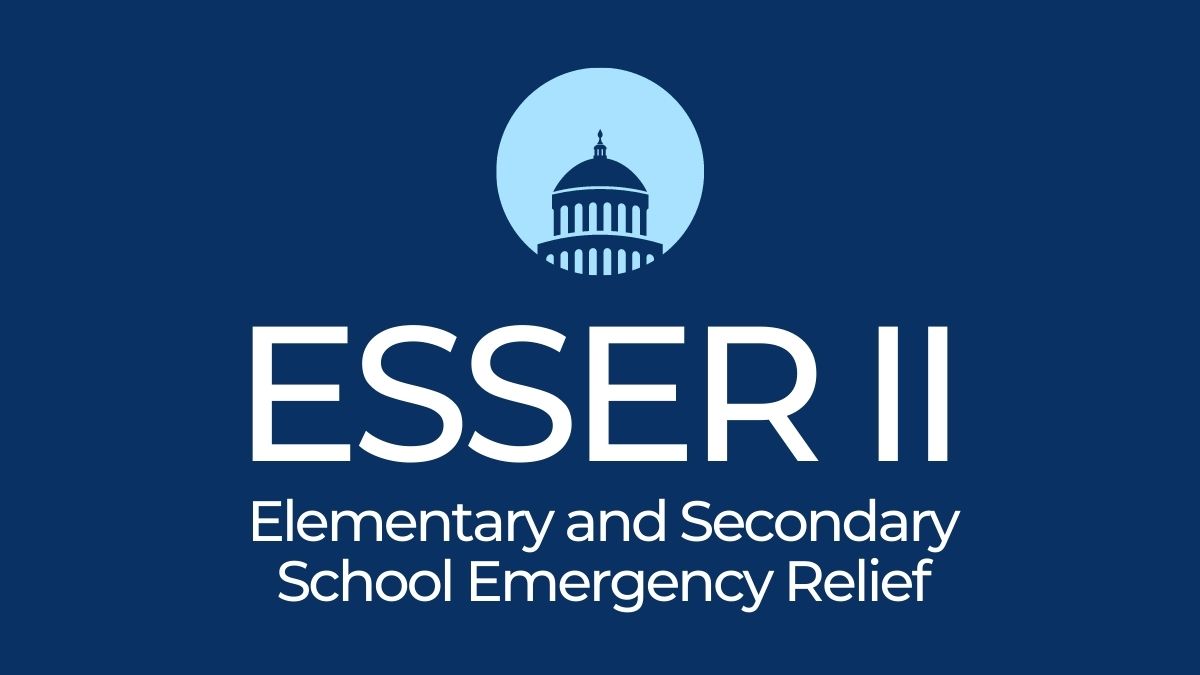
The American Rescue Plan Act recently made unprecedented investments into education, allocating federal dollars to build statewide capacity and provide students with device and broadband access on- and off-campus. More than ever, there is the potential to ensure students are involved in active and engaging learning experiences transformed through technology, state policy and funding. In the upcoming post-pandemic era for learning, how can we ensure that states leverage newly invested digital tools to reinforce student competencies for lifelong success?
A topic of growing interest, some states are considering and investing in opportunities to sustain digital citizenship, defined in the ISTE Standards as the ability for students to “recognize the rights, responsibilities, and opportunities of living, learning and working in an interconnected digital world.” The Education Commission of the States finds that the majority of all states have introduced policies, via legislation or regulation, to promote digital citizenship. However, few have taken steps to codify digital citizenship in practice.
Three reflections from the past year show why states must not lose momentum:
1. Digital citizenship empowers students to engage with the most culturally relevant problems of today.
In the past year, we have observed numerous examples of technology used to raise awareness of ongoing social justice issues, which have led to significant policy shifts. At the same time, technology accelerated the sharing of misinformation about the pandemic. By helping students grow as digital citizens who use technology to facilitate the productive and equitable exchange of information and opportunity, rather than sow discord, we can empower them to engage with global challenges.
2. Digital citizenship takes advantage of active uses of technology.
Teachers note that one of the most significant challenges in the past year has been engaging students in the learning process. Digital citizenship allows students to engineer their own learning processes in two critical ways:
- Equipping students with opportunities to carefully evaluate digital information and collaborate in inclusive ways.
- Providing students with greater autonomy to dive into issues of personal interest, supporting a continuous feedback loop that transforms and innovates the students’ learning journey
3. Digital citizenship provides a means to further engage the community in students’ learning.
One advantage of remote learning in the past year has been the increased involvement of parents and caregivers in students’ learning. Building on this momentum, some districts have begun exploring how to involve this broader, external community in students’ learning about digital citizenship and reinforce the competency from home.
How are some states leading?
Several states have recognized this imperative and have taken systemic action to promote digital citizenship. For example:
- Working with a community of stakeholders, Virginia adopted the new Digital Learning Integration Standards. By building on the ISTE Standards and the “5 C’s” (the state’s framework to competency-based learning), the state sets a vision about digital citizenship that goes beyond online safety.
- California adopted the Digital Learning and Standards Guidance, which provides strategies for how educators can implement transformational practices grounded in the ISTE Standards in online, blended and face-to-face settings. The guidance also prominently features the DigCitCommit competencies, and how those may be reinforced through content-specific instruction.
- Through a recently passed policy, Nevada requires that all elementary school students receive instruction in computer education and technology as a foundation for high school coursework. To establish a framework for this instruction, the state adopted the Computer Science and Integrated Technology Standards, which emphasizes digital citizenship. Nevada additionally provides content, resources and professional development through the Nevada Digital Learning Collaborative.
With these examples in mind, states can consider the following actions to ensure that digital citizenship becomes an area of focus in the post-pandemic era.
- Set a shared state vision focused on digital citizenship. This may involve the convening of a state task force or advisory council responsible for defining digital citizenship and progression of this competency in K-12. This may also involve updating of the state’s educational technology standards to establish benchmarks for student achievement.
- Facilitate the strategic implementation of this vision. This may involve the development of statewide guidance for schools and districts on how digital citizenship can be reinforced through content-specific instruction and how to involve the community in the learning. This may also involve appropriate data collection efforts to continuously evaluate the needs of students, families, educators and other impacted stakeholders.
- Establish strategic funding for local grants, learning resources and necessary personnel. States have a unique opportunity to draw from various federal (e.g., ESSER I and II, GEER, American Rescue Plan) and state funds for essential supports, including 1) resources required to strategically integrate digital citizenship into curricula, 2) professional development opportunities for educators to learn about how to reinforce digital citizenship in the students’ workplan, and 3) instructional technology coaches and specialists to build capacity across multiple classroom and remote learning sites.
COVID-19 hit a reset button on education, helping leaders think about what is really important when it comes to setting students up for lifelong success. A focus on digital citizenship as a critical competency in a time where technology is integrated into virtually every part of public and private life must be a part of the rethink and redesign efforts involving stakeholders to identify needs and take first strides.
